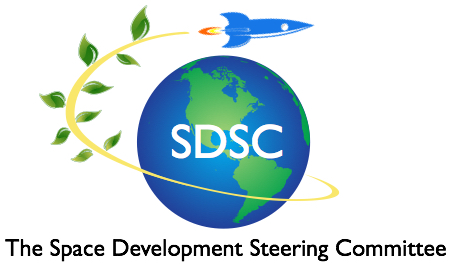NASA has just announced a quick-look study of ways to get to the moon fast.
The Space Development Steering Committee proposes a six-part COTS program that will get us on the moon to stay at a fraction of traditional costs and far faster than traditional NASA plans.
What’s a COTS program? Traditional NASA procurement depends on cost-plus contracts, contracts that encourage aerospace companies to stretch the completion of a project to infinity and to constantly balloon the cost. Why? Because the companies get a percentage of every additional dollar that a cost overrun sucks from the government.
COTS programs are different. Companies bid to achieve goals at a fixed price, not an elastic, ballooning cost. And the companies are only paid when they achieve real-world milestones.
The result? NASA is using the traditional procurement technique to spend $30 billion and fifteen years on the development of a new rocket, the Space Launch System. Meanwhile, COTS programs have helped Elon Musk develop his Falcon rockets for under a billion dollars, less than a 30th of SLS cost. And Musk’s rockets have delivered fourteen three-ton cargo packages to the International Space Station while the Space Launch System has never flown.
The Space Development Steering Committee proposes the following six-part COTS program for the moon.
1. First, NASA should kill the Space Launch System, the SLS-dependent Orion Capsule, and the SLS-dependent Lunar Orbital Platform/Gateway. Why? To free up $36 billion for a real Moon program and for an actual follow on to Mars.
2. NASA should run a COTS competition for rovers to prospect the moon for water. Lunar probes indicate there is water in craters on the lunar poles. Water is the gold of what space expert Dennis Wingo calls the Moonrush. Water provides a beverage to drink, oxygen to breathe, and hydrogen and oxygen for rocket fuel. There are ten rovers and hoppers in development by some of the sixteen private teams that competed for the Google Lunar X-Prize, a competition that started in 2007 and shut down in 2018. A COTS program can give these teams the money they need to finish their landers and rovers…at a tiny fraction of Space Launch System costs. And those rovers can be sent scuttling across the lunar surface to look for water.
3. A COTS program for a lunar ferry, a vehicle that can land passengers and cargo on the moon, then can return to earth orbit to pick up more passengers and cargo. Elon Musk’s upcoming BFR would be a perfect lunar ferry. It will be able to carry 100 passengers at a time. Or it will be able to land 150 tons of cargo on the moon. Meanwhile, United Launch Alliance, a partnership between Boeing and Lockheed Martin, has proposed a much smaller vehicle that can land on the moon, deliver cargo and humans, and take off again—its Aces module. And Jeff Bezos’ Blue Origin proposes its Blue Moon, a reusable spacecraft that will deliver packages to the moon the way that Bezos’ Amazon delivers packages on earth.
4. A COTS competition for robotic lunar mining equipment to involve companies like Caterpillar and robotic mining startup Offworld. Mining equipment will extract the Moon’s water and will make the stone of the moon available as building material.
5. A COTS competition for gas stations in space, propellant depots where rockets that have used up their fuel getting from earth to orbit can refuel and go anywhere in the solar system…including the moon and Mars. Boeing started work on gas stations in space—fuel depots—fifteen years ago. And Elon Musk’s BFS, his Big Falcon Spaceship, is designed in three forms—a passenger version, a cargo version, and a gas station version, a propellant depot.
6. A COTS competition for habitats, moon bases, homes where humans can kick back and relax after a hard day’s work. And habitats that can accommodate tourists and give them something interesting to do with their moon-time. Bigelow Aerospace has already built inflatable habitats designed to provide housing on the moon. Now we need to encourage competitors.
To date, life has been confined to one hostile ball of stone—the earth. It’s time to take life to a second celestial body. Or, in the words of the Space Development Steering Committee’s founder, Howard Bloom, “bring space to life by bringing life to space.”
